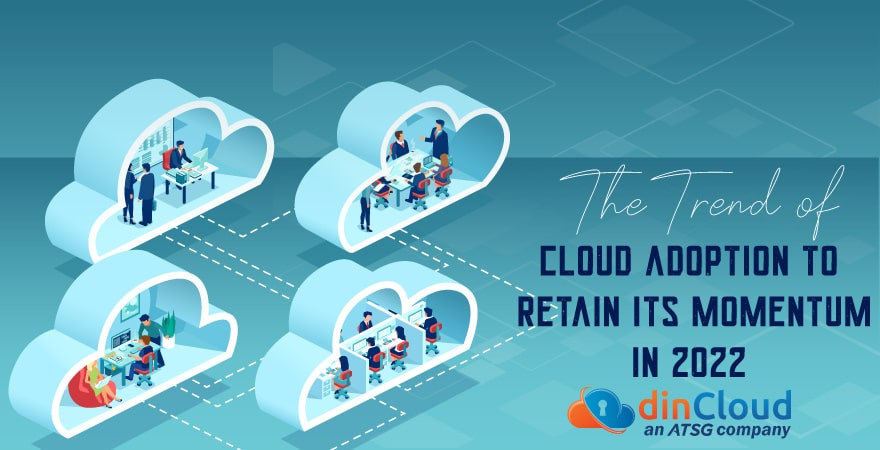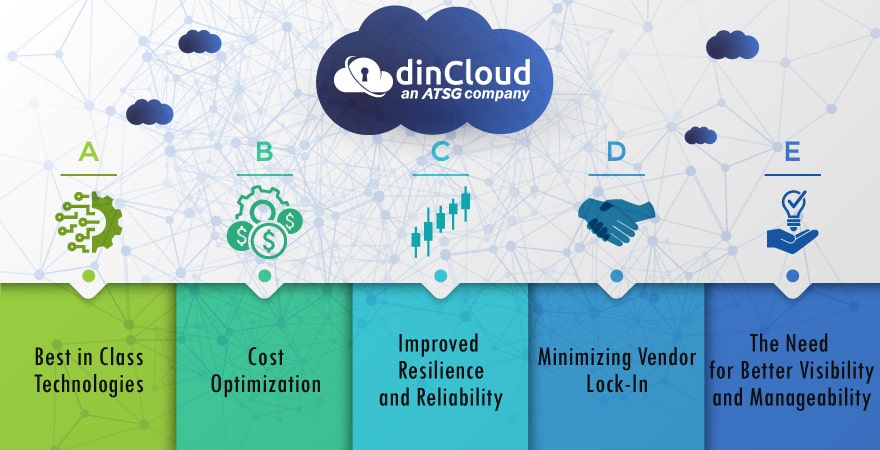Cloud Computing solutions and services were gradually making their way into enterprise operations, consistently over the past years. The Covid-19 pandemic had a catalytic effect on this cloud adoption trend, which is showing no signs of slowing down.
One pertinent aspect to note lately has been the rise of hybrid and multi cloud deployment models. While each enterprise has its own set of priorities when adopting either a hybrid or multi cloud environment, such a move also brings along its fair share of challenges.

The complexities that are a “by-product” of hybrid and multi cloud environments, whether operational or technical in nature, will need to be addressed by deploying enterprises in a proactive manner. With so many cloud providers out there, the choices are limitless.
This need for a proactive approach towards addressing the challenges of hybrid and multi clouds was further reiterated by a recent study conducted by professional services company Deloitte. The study was named 2022 Technology Industry Outlook.
The “Everything as a Service (XaaS)” Era
Deloitte’s study pointed towards a major shift in the way IT operations and infrastructure will be handled in the near future. The IT world is gradually moving towards an “Everything as a Service (XaaS)” model.
The cloud based services that will continue to be in high demand include Software as a Service (SaaS), Platform as a Service (PaaS) and Infrastructure as a Service (IaaS). One more cloud service model gaining a lot of adoption is Hardware as a Service.
This Hardware as a Service model, according to Deloitte, is proving ideal for enterprises that want to offer consistent and secure IT infrastructures to their remote workforces. The study has highlighted the following factors that will continue to drive the demand for the Cloud.
Best in Class Technologies
Unlike the aging and legacy on-premise IT infrastructures of enterprises, Cloud Service Providers (CSP) like dinCloud give their enterprise users seamless access to best in class technologies and hardware resources.
That is not all, leading CSPs like dinCloud constantly invest in upgrading their data centers and cloud services to remain competitive in this industry. This in turn gives enterprises access to best in class digital and cloud technologies.

Cost Optimization
It would be incorrect to say that migrations to Cloud Computing solutions are not motivated by cost optimization. Enterprises are always looking for ways to curtail their costs, while maintaining, and even improving their products or services.
Cloud Service Providers (CSP) like dinCloud are proving an effective means for cost optimization by offering state of the art cloud services as per a transparent, flat rate pricing model in which enterprises are billed only for the resources they actually use.
Improved Resilience and Reliability
Enterprises relying over on-premise IT infrastructures seldom get the opportunity to improve the resilience and reliability of their operations. This holds particularly true for disruptive events like a global pandemic.
Even if any such enterprise has the vision to improve business and operational resilience, the costs of doing so are prohibitively high. CSPs like dinCloud, an ATSG company, provide a robust Disaster Recovery (DR) and Business Continuity (BC) posture, as part of the service.
Minimizing Vendor Lock-In
While many enterprises are aware of this risk which is associated with on premise IT infrastructures, there is little they can do about this issue. As a result, most enterprises end up paying more, while the value they derive from such arrangements diminishes over time.
In the case of Cloud Computing solutions though, vendor lock-in concerns are allayed. In a bid to offer a wide set of cloud services and solutions, each leading Cloud Service Provider (CSP) like dinCloud manages its vendor lock-in risks through a well diversified portfolio.
The Need for Better Visibility and Manageability
Deloitte’s study, towards the end, highlighted the need for better visibility and manageability of hybrid as well as multi cloud environments. To achieve this end, the monitoring and management tools need to be versatile and cross compatible.
Only then would it be possible for enterprises that deploy hybrid and multi cloud environments to gain valuable insights into their environments. The aggregated data that such cross compatible monitoring tools will generate will be of immense value.
Conclusion
Hybrid and multi cloud environments are transforming enterprise IT in an unprecedented manner. With the right Cloud Service Providers (CSP) and the right set of monitoring tools, enterprises will be able to achieve multi faceted advantages.
Contact dinCloud, an ATSG company, for all-encompassing cloud solutions for your enterprise needs.


